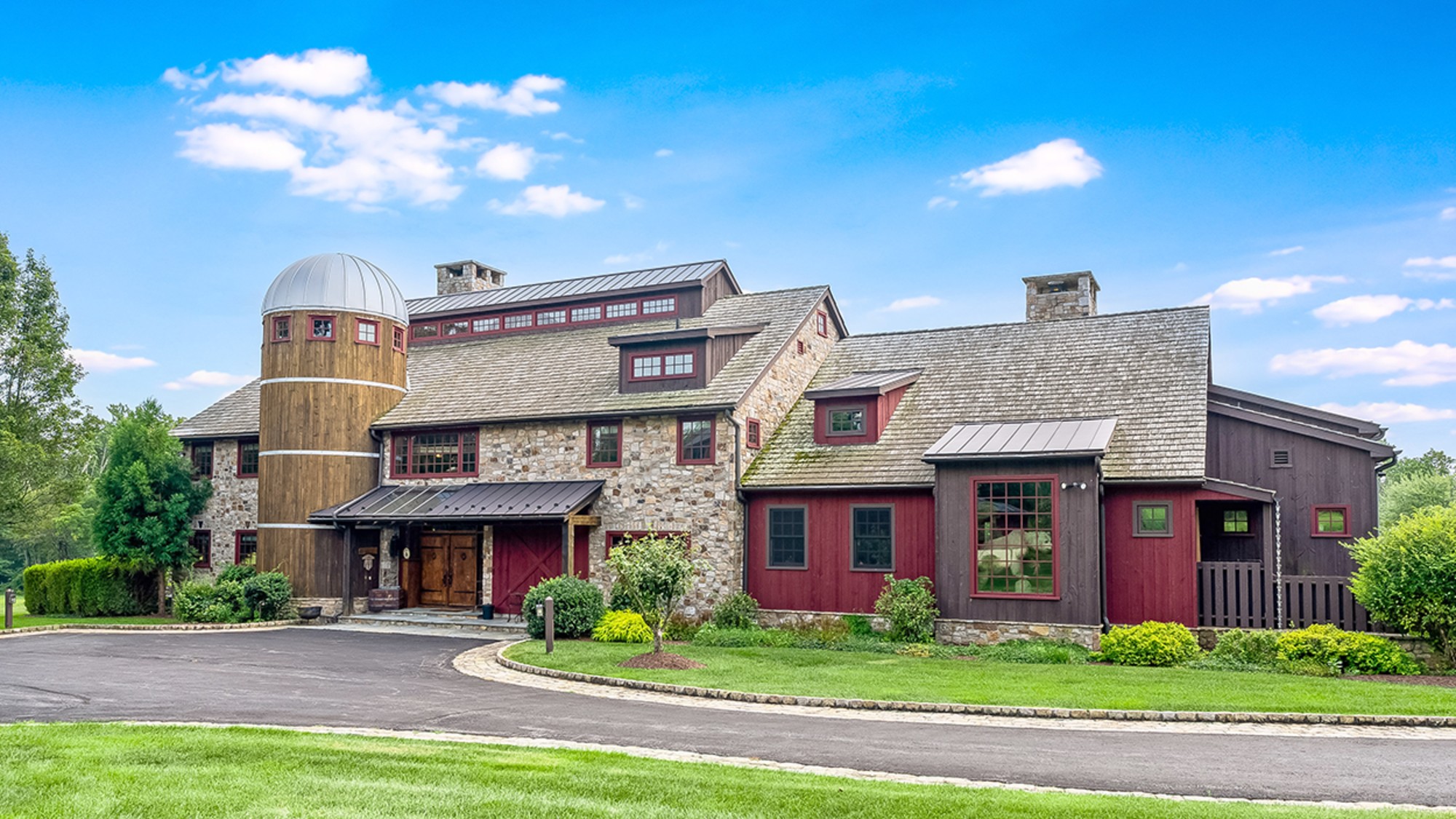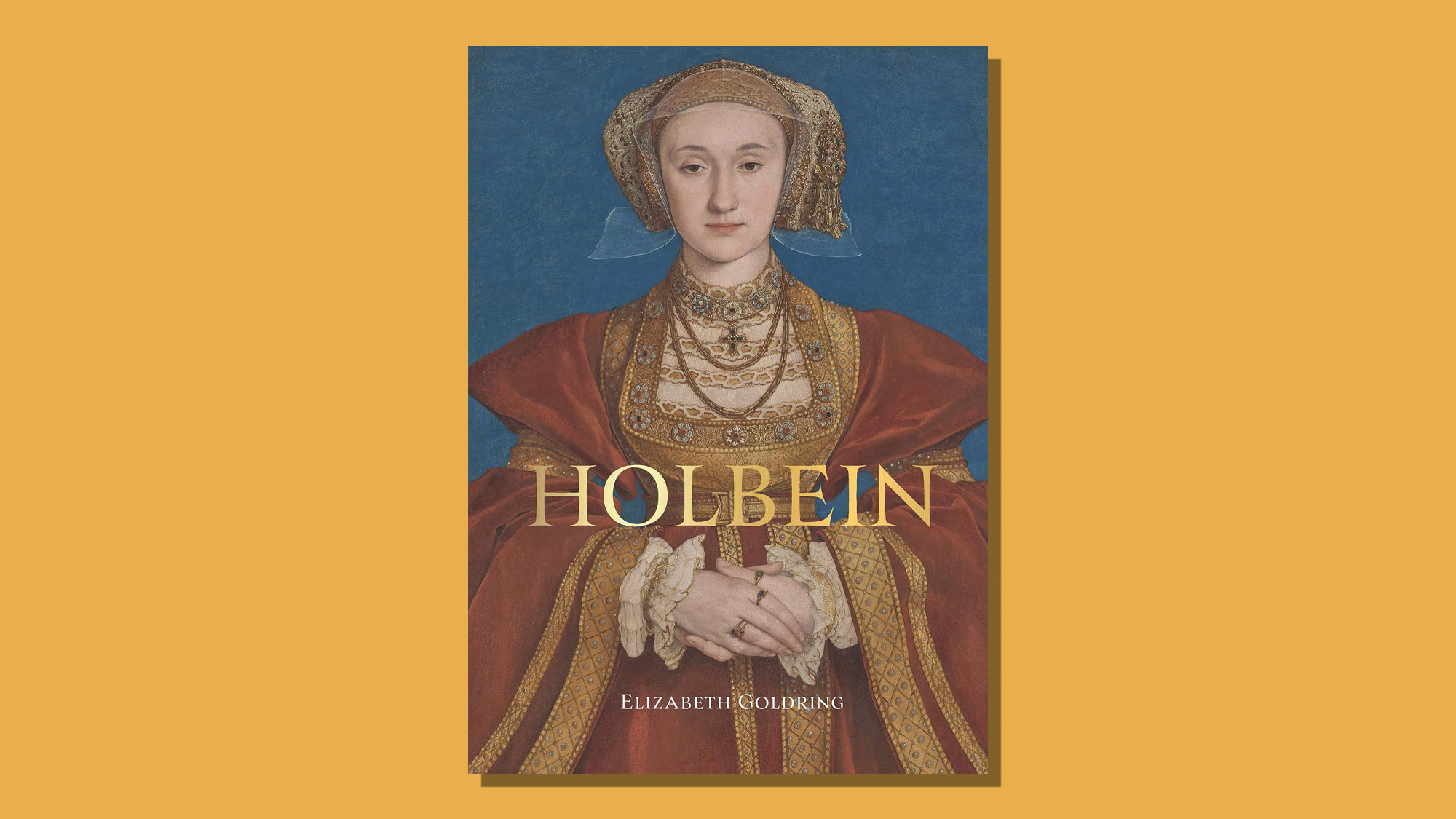Exhibition of the week: Folkestone Triennial
Much of the appeal of this event lies in its use of unlikely locations – the ‘liminal spaces, forgotten corners and awkward nooks’

Since the 1990s, local authorities in postindustrial towns have seized on art biennials as “levers of regeneration”, said Ben Luke in the London Evening Standard. Generally, the results of these perceived quick-fixes have been lamentable: most have been curated with “no concern for context or purpose” and have brought few benefits to their “forlorn” host cities. Yet in Folkestone, something remarkable has been achieved. Every third year since 2008, the seaside town has hosted its own art festival – and it has proved to be “truly transformative”. This latest iteration, delayed from 2020 owing to pandemic restrictions, brings together newly commissioned works by 25 artists, which have been scattered across the town and are mostly free to see. The programme encompasses everything from painting and sculpture to architecture and digital art, mixing the work of household names with that of relative unknowns. Much of its appeal lies in the event’s use of unlikely locations: a visit will whisk you off on a whirlwind tour of Folkestone’s “liminal spaces, forgotten corners and awkward nooks”, taking in sites including a dilapidated gasworks, a roundabout on a gyratory road, redundant parts of Folkestone harbour and a grotto-lined public footpath. Taken as a whole, it is an “engaging”, “thoughtful” and “absorbing” event.
The Folkestone triennial is often diverting, agreed Alastair Smart in The Daily Telegraph. One of the highlights this year is the Chilean artist Pilar Quinteros’s Janus Fortress on East Cliff, consisting of a “monumental” chalk head with two faces, one facing inland, the other out to sea. While it is a clear “allusion to Brexit”, it is also “a reflection on coastal erosion” that will gradually disintegrate over the course of the triennial’s run. Another comes courtesy of Croatia’s Tina Gverovic, who has covered a disused ferry ramp in paintings of crumpled blue clothing – a reference to those refugees who arrive on the Kent coast “with nothing but the clothes on their back”. But unfortunately, along with the hits there are quite a few misses: a case in point is Jason Wilsher Mills’s sculpture I am Argonaut, a “garishly coloured, mutant figure in his underpants” placed directly opposite a statue of William Harvey, the local hero who was the first person to explain the heart’s role in circulating blood around the body. It’s just as ugly as it sounds.
The best moments are the least subtle, said Jonathan Jones in The Guardian. As you leave Folkestone station, you are confronted by a large hoarding that Gilbert & George have decorated with a sign reading: “THIS HAS BEEN DESIGNATED AS A GOOD BEHAVIOUR ZONE”. Its sinister message neatly encapsulates our current anxieties “about the nature of freedom and responsibility”. On the quayside, meanwhile, artist Mike Stubbs has parked a van decorated with “hot-rod red, yellow and black” flames and images of “blazing forests”. Its title – Climate Emergency Services – leaves no ambiguity as to its meaning. This is a timely and “crudely powerful reminder that our weather is no longer natural”. Yet it’s hard to ignore the fact that, for the most part, the scenery on this stretch of the south coast is rather more interesting than the art. The triennial is “an enjoyable way of getting to know this place”; as an art exhibition, however, it’s mostly rather forgettable
The Week
Escape your echo chamber. Get the facts behind the news, plus analysis from multiple perspectives.

Sign up for The Week's Free Newsletters
From our morning news briefing to a weekly Good News Newsletter, get the best of The Week delivered directly to your inbox.
From our morning news briefing to a weekly Good News Newsletter, get the best of The Week delivered directly to your inbox.
Various locations, Folkestone, Kent (01303-760740, creativefolkestone.org.uk). Until 2 November.
A free daily email with the biggest news stories of the day – and the best features from TheWeek.com
-
 Metaverse: Zuckerberg quits his virtual obsession
Metaverse: Zuckerberg quits his virtual obsessionFeature The tech mogul’s vision for virtual worlds inhabited by millions of users was clearly a flop
-
 Frank Gehry: the architect who made buildings flow like water
Frank Gehry: the architect who made buildings flow like waterFeature The revered building master died at the age of 96
-
 Is MAGA melting down?
Is MAGA melting down?Today's Big Question Candace Owens, Tucker Carlson, Laura Loomer and more are feuding
-
 Frank Gehry: the architect who made buildings flow like water
Frank Gehry: the architect who made buildings flow like waterFeature The revered building master died at the age of 96
-
 6 lovely barn homes
6 lovely barn homesFeature Featuring a New Jersey homestead on 63 acres and California property with a silo watchtower
-
 Film reviews: ‘Marty Supreme’ and ‘Is This Thing On?’
Film reviews: ‘Marty Supreme’ and ‘Is This Thing On?’Feature A born grifter chases his table tennis dreams and a dad turns to stand-up to fight off heartbreak
-
 Heavenly spectacle in the wilds of Canada
Heavenly spectacle in the wilds of CanadaThe Week Recommends ‘Mind-bending’ outpost for spotting animals – and the northern lights
-
 It Was Just an Accident: a ‘striking’ attack on the Iranian regime
It Was Just an Accident: a ‘striking’ attack on the Iranian regimeThe Week Recommends Jafar Panahi’s furious Palme d’Or-winning revenge thriller was made in secret
-
 Singin’ in the Rain: fun Christmas show is ‘pure bottled sunshine’
Singin’ in the Rain: fun Christmas show is ‘pure bottled sunshine’The Week Recommends Raz Shaw’s take on the classic musical is ‘gloriously cheering’
-
 Holbein: ‘a superb and groundbreaking biography’
Holbein: ‘a superb and groundbreaking biography’The Week Recommends Elizabeth Goldring’s ‘definitive account’ brings the German artist ‘vividly to life’
-
 The Sound of Music: a ‘richly entertaining’ festive treat
The Sound of Music: a ‘richly entertaining’ festive treatThe Week Recommends Nikolai Foster’s captivating and beautifully designed revival ‘ripples with feeling’